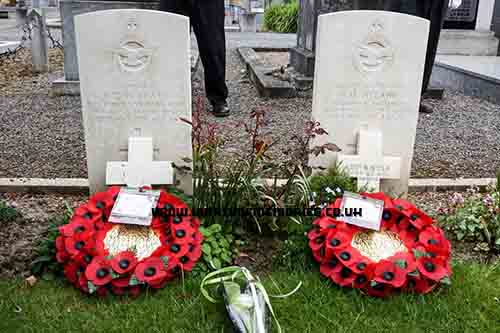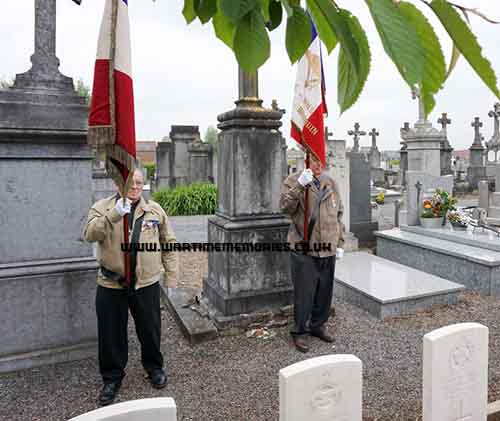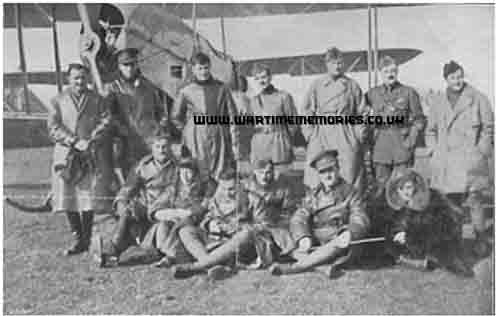Additions will be checked before being published on the website and where possible will be forwarded to the person who submitted the original entries. Your contact details will not be forwarded, but they can send a reply via this messaging system.
please scroll down to send a message
Lt. Reginald Charles Hope "Roy" Bewes
Royal Flying Corps 7 Squadron
from:Plymouth
(d.23rd May 1915)
Reginald Charles Hope Bewes was my great uncle. Known as Roy within the family, he was educated at Clifton College (South Town and Smiths House) in Bristol, and at the Royal Military Academy at Sandhurst. He joined the 1st Battalion King's (Liverpool) Regiment in October 1910, and was promoted to Lieutenant on 11 September 1913. At the outbreak of the 1914 - 1918 War, Roy was seconded for service with the Royal Flying Corps, and appointed Flying Officer in the RFC on 6th of August 1914. He served in France from September 1914 until 27 December 1914, and then had seven weeks sick leave. He then joined No 7 Squadron at Netheravon, and flew from Folkestone to St Omer on 9 April 1915.
As a Lieutenant at the age of 24, he was killed when on reconnaissance duty, along with his observer Lt Frederick Hunter Hyland, on Pentecost Sunday, 23 May 1915, his RE-5 falling at Vieux Berquin in France, where he was buried in the village cemetery. He had gained for himself a first-class reputation for gallantry in the air. One of his enterprises in dropping bombs on St Andre Station, near Lille, was particularly meritorious. At the time of his death he was engaged to be married. His name is recorded in the War Memorial Arch at Clifton College.
My wife, Nicola, and I visited Roy's grave on the centenary of his death, I paid for a pair of RFC wreaths from the British Legion and we took them over. Roy's observer, 2nd Lt Frederick Hunter Hyland, who was 23, from the Yorkshire Regiment, was also killed in the crash. I would guess that the relationship between pilot and observer would have necessarily been close and it seemed fitting that we should remember them both, so we laid wreaths on the two graves, which are beside one another. We were met at the main church of Vieux-Berquin (which was bombed by the British in WWII, though only because it was being used by the Germans at the time). Our reception party was 3-4 councillors from the town council of Vieux-Berquin, about a dozen or more members of Histoire Locale de Vieux-Berquin and about half a dozen veterans from the local veterans association including two flag bearers, plus the President of the French equivalent of the British Legion. Finally, to round it all off, there was a local journalist. At the cemetery, I laid a wreath on Roy's grave and Nicola laid the other on Frederick Hyland's. I then spoke for about 5 minutes - why we thought it was important to come over on that particular day, an explanation of the poppies (the French use a different flower) and an explanation of why they each had a Regimental name as well as RFC. Gerard Pique (retired English teacher) was thankfully there to translate. When I explained how moved we were that so many people turned up when all we were expecting was someone to unlock the gate, Gerard replied for them all that they were all still very appreciative of the sacrifice Roy and his observer made in the defence of France. He later explained that they honour all the war graves every 11th November, just like we do. Gerard's brother-in-law, Bernard Roussel, then suggested a minute's silence, which we then observed. We then repaired to the local municipal centre near the church where a presentation took place, comprising some words of welcome from the deputy mayor and a presentation of the historical society's research. In it, he explained the context in which the crash took place (the stage of aeronautical development, the dispositions of the allied and enemy forces, where Roy would have been flying from etc), plus what was known about Roy.
He explained that there are actually Three accounts of how the crash happened: The first, described as a school of thought in the only source we know of, suggests it is a theory and not much more than that, this is the one that says it was a grenade on board that exploded. The second was from a French Army interpreter, who was working with the British; his account was the one about the pure white smoke of British Artillery; this fits with the positions of opposing artillery at the time and also with the observed circles the plane flew in as it came down. Also, it was an interpreter's job to pay attention to detail, so this is probably the most likely explanation and might account for why a school of thought came up with the grenade idea. The third was the one given in the local paper Le Cri Des Flandres, namely, engine failure, this does not fit with a plane circling down as a pilot's instinct would be to dive to achieve some speed before gliding to a field to land. We were given copies of the research in French and English, a book of the history of Vieux-Berquin and one of the two remaining copies of Le Cri Des Flandres of 30th May, with the report of the crash highlighted.
Bernard Roussel, who had done much of the research, then drove us to Le Pont Rondin. The plane came down close to this bridge. Bernard, his sister Cecile and her husband Gerard then took us both for a late but very nice lunch at a restaurant in Hazebrouck.
Additional Information:



